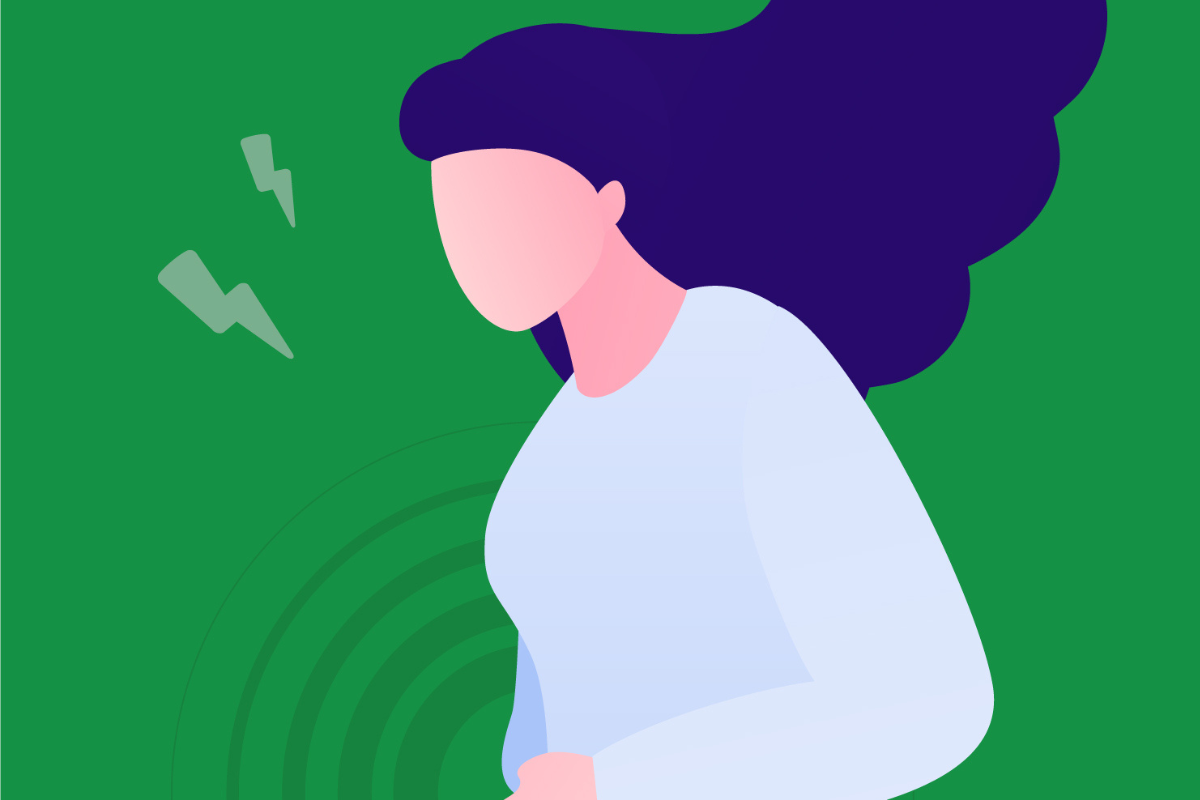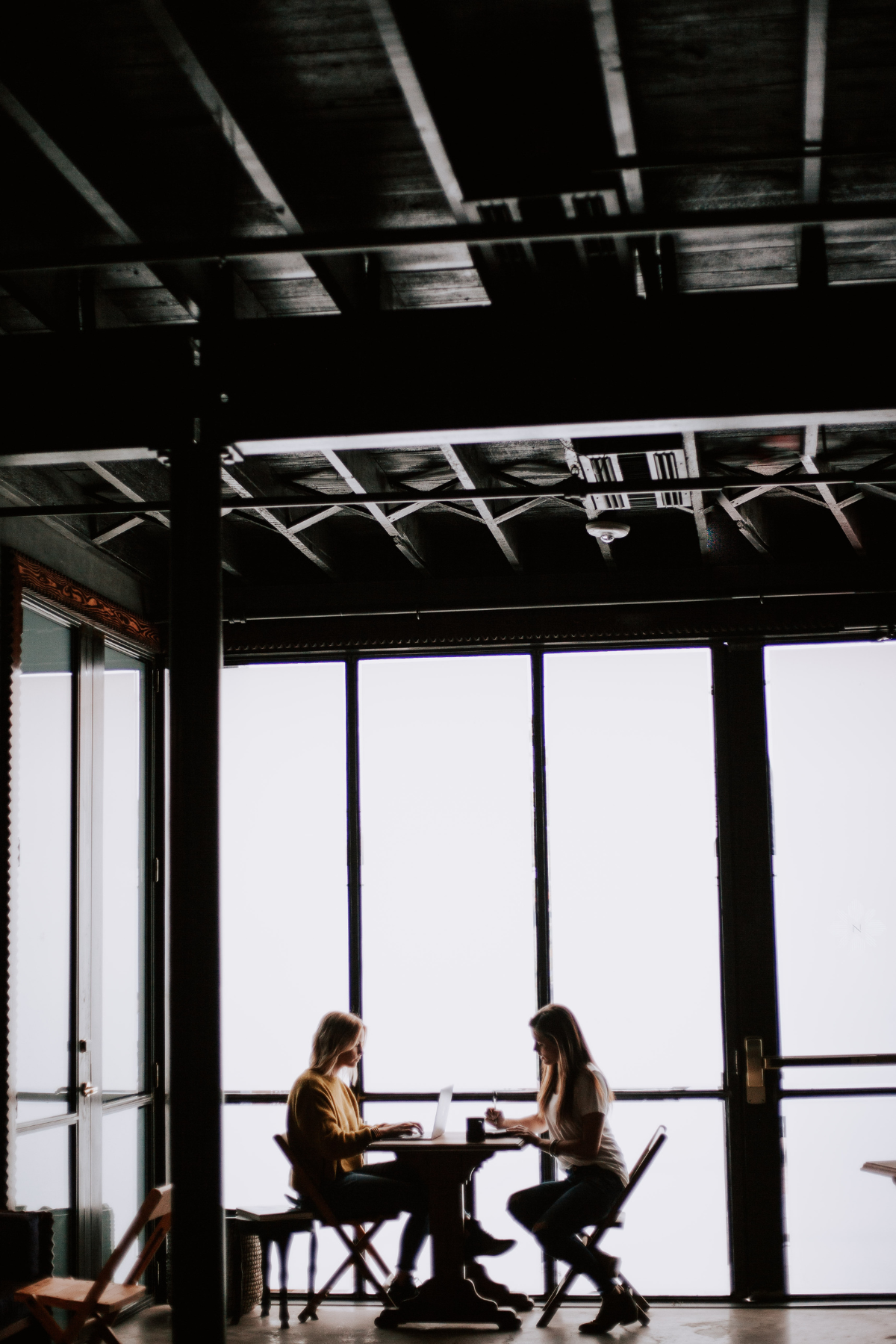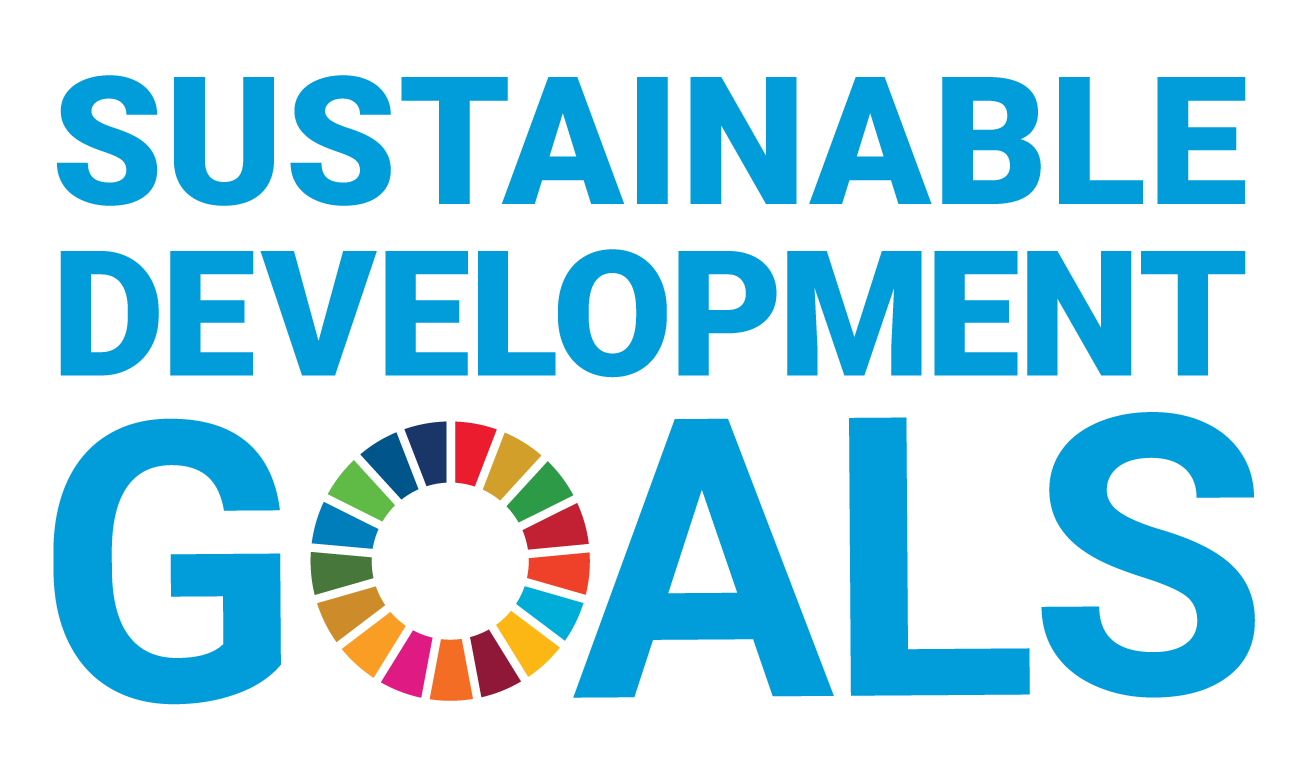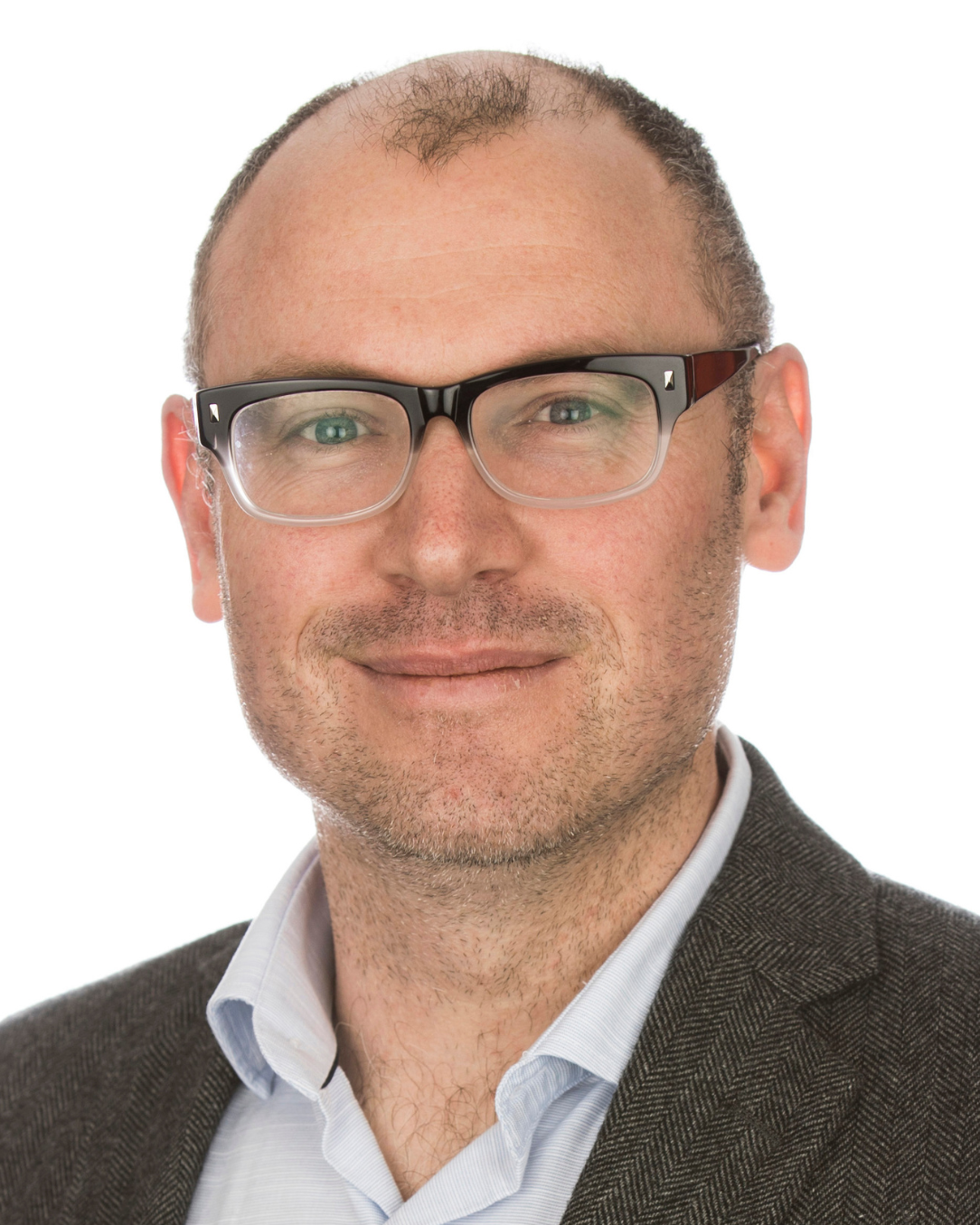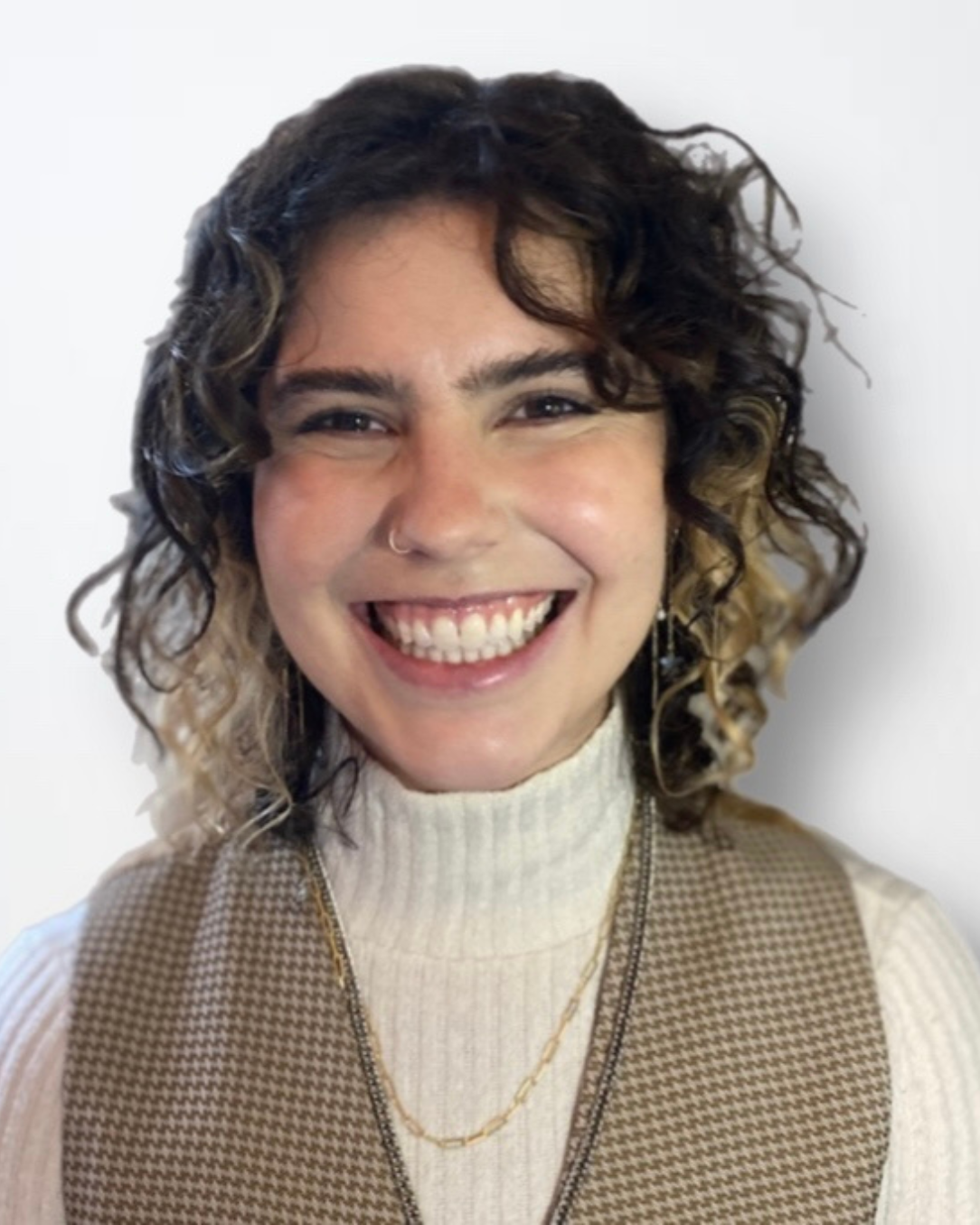You can search for courses, events, people, and anything else.
"It wasn’t like we were reaching for the moon."
For many people with endometriosis, their lives complicated by recurrent and debilitating pain, the COVID-19 pandemic requirement that they work from home was a relief. It was the first time they had the chance to manage the condition in ways they couldn’t in the workplace, and still be productive in their jobs.
Endometriosis is a condition in which tissue similar to that which is found in the uterus grows elsewhere in the body, causing extreme pain. There are an estimated 830,000 Australians living with the disease.
But it shouldn’t have taken a global pandemic to bring such relief. Even small workplace changes and flexibility can make a world of difference to people with this chronic disease, says Associate Professor Mike Armour, from Western Sydney University’s NICM Health Research Institute.
The Endo@Work initiative is a partnership between charity organisation Endometriosis Australia and researchers from NICM. The project also involves experts from the University of Technology Sydney, Southern Cross University, and the University of St Andrews, Scotland. Equipped with evidence gathered from reviews, surveys and focus groups, Endo@Work is developing recommendations for workplaces about how to better support people with endometriosis.
The inspiration for Endo@Work came from a 2019 study led by Armour into the economic cost of endometriosis and chronic pelvic pain in Australian women. The authors estimated that endometriosis was costing the Australian economy around $9.7 billion each year, more than 80% of which was due to lost productivity. "It’s also enormously costly for people with the disease", says Monica Forlano, chair of the board at Endometriosis Australia.
Need to know
- Endometriosis is costing the Australian economy $9.7 billion each year.
- Modest changes in working conditions would lead to a significant improvement for people living with endometriosis.
- Endo@Work is a set of guidelines by NICM and Endometriosis Australia to support those in the workplace.
A UNIQUE OPPORTUNITY
"The average person living with endometriosis is spending about $30,000 a year managing the condition, so it’s huge," she says, pointing to the need for surgery and pain management medications and treatments.
When the pandemic struck, the associated lockdowns provided a unique research opportunity that Donna Ciccia — director and co-founder of Endometriosis Australia, and a masters student at NICM Health Research Institute — was determined to seize. "I was sitting here thinking, 'Everyone’s working from home, what a great time to do this research into whether working from home is making it easier for patients with endometriosis'," says Ciccia.
The team ran an online survey of the workplace experiences of 389 people with endometriosis during the pandemic. This revealed that most found it much easier to manage their symptoms and were more productive because of the flexibility in work hours. "The things that they wanted were so minor," Ciccia says, "It wasn’t like we were reaching for the moon." Something as small as access to a heat pack, a quiet room, or an ergonomic chair could make the difference between productivity and presenteeism.
This lit the spark of an idea: simple, practical recommendations for workplaces, to help them support staff with endometriosis to achieve their full working potential.
After a scoping review, and a series of focus groups, the Endo@Work guidelines have now reached the draft stage, and the characteristics of an endometriosis-friendly workplace are starting to become clear.
"It would be an organisation that does that dual work of reducing the stigma — providing education around endometriosis — as well as offering flexible working arrangements," says Dani Howe, a PhD candidate at NICM Health Research Institute, who is working on developing and testing the guidelines as part of her PhD, under the supervision of Armour, Dr Michelle O’Shea, and Dr Sarah Duffy.
REDUCING STIGMA
Reducing stigma is a huge issue for people with endometriosis, who often shoulder the considerable burden of repeatedly explaining their disease to colleagues and who experience discrimination from people who view them as malingerers or not tough enough. "So much of it was the emotional labour of the person trying to be believed by their managers, and then gaining that trust to take the flexible working time, to take a split shift or figure out a time that works for them," Howe says.
Armour sees an important role for workplaces to appoint endometriosis 'ambassadors' to help people with the disease manage their requests for flexibility. "They’re already fatigued, they’re in pain, and asking them to also educate their workplace is another burden on them," he says. Another change that could lighten the load is to reduce the requirements for medical certificates. "We know people with endometriosis often have about four days of sick leave each month," he says. An alternative might be to have a more flexible, standing doctor’s certificate arrangement, so people with endometriosis aren’t trying to get a GP appointment every month.
The draft guidelines are now being reviewed across a variety of industries and workplaces in Australia, recognising that there can’t be a one-size-fits-all approach. "One of the biggest challenges is understanding how this applies across different industries," Howe says, pointing out that someone working in an emergency department will need different accommodations to someone working in an office environment.
The hope is these guidelines will be available to the public and employers by 2025, and Forlano says they will be 'world-leading'. "There are so few researchers in endometriosis because of the lack of funding, and we’re fortunate that people like Mike are working on this."
You can find out more about the Endo@Work guidelines here.
Meet the Academic | Associate Professor Mike Armour
Mike Armour is an Associate Professor in Reproductive Health at NICM Health Research Institute. Mike has a strong focus on endometriosis, pelvic pain, and menstrual health. His expertise covers complex clinical trial design, as well as mixed methods research and he has a strong interest in co-design and evaluations of implementations. He has published over 90 peer reviewed articles on various aspects of women’s health. Mike is also an author on several textbook chapters including a recent chapter on the use of medicinal cannabis to treat endometriosis. Mike has had significant media attention on his work including a dozen articles in The Conversation, an SBS Insight special on endometriosis, an SBS special on herbal medicine for period pain and over 600 pieces of international news media with an estimated readership of 150 million across over 100 countries including Channel 7 News, ABC News, and The Guardian.
Mike is heavily involved in research and treatment of endometriosis, and he is the invited complementary medicine and medicinal cannabis expert on the endometriosis expert working group (EEWG) for the Royal Australian and New Zealand College of Obstetricians and Gynaecologists (RANZCOG) that developed the first Australian guidelines for Endometriosis, and his work in updating these living guidelines is ongoing. Mike is also a World Endometriosis Society Ambassador, Chair of Endometriosis Australia’s clinical advisory committee, Chair of Endometriosis Australia’s research committee, Academic lead of the Menstrual Cycle Research Network (MCRN) at Western Sydney University and Chair of the Australasian Interdisciplinary Researchers in Endometriosis (AIRE).
Danielle Howe
Danielle (Dani) Howe is a PhD Candidate at NICM Health Research Institute. Her PhD is focused on the Endo@Work project: developing and evaluating employer guidelines for supporting those with endometriosis in the workplace. Her PhD work is in partnership with Endometriosis Australia and under the supervision of Associate Professor Mike Armour, Dr Michelle O’Shea and Dr Sarah Duffy. Dani holds a MSc from the University of Edinburgh in Global Health and Public Policy and a BSc from Dalhousie University in Psychology, specialisation in psychoneuroimmunology.
Dani has nearly a decade of industry experience in the community and international development sectors working in monitoring, evaluation, and learning, across Canada, UK, Australia, the Gambia, Sierra Leonne, Togo, Zambia, Occupied Territory of Palestine, and Bangladesh. Through her work she maintained a special interest in developing and integrating inclusive menstrual health education initiatives into wider community public health, education and primary prevention of gender-based-violence programs.
Upon her return to academia, Dani’s research interests are in improving inclusive menstrual literacy, and reproductive and menstrual-related health outcomes. She is concerned with understanding and illuminating how inequities in menstrual health are reproduced in broader organisation and institutional contexts, ultimately driving gender inequity.
Credit
Future-Makers is published for Western Sydney University by Nature Research Custom Media, part of Springer Nature.
© Anastasia Usenko/iStock/Getty
© ThisIsEngineering/Pexels
© Christin Hume/Unsplash

